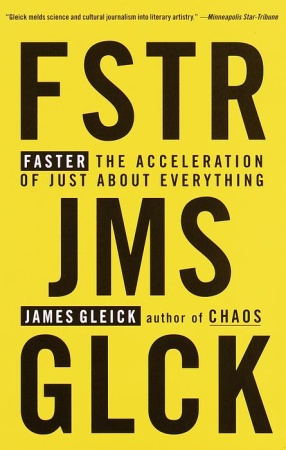Henri Lefebvre: Rhythmanalysis: Space, Time, and Everyday Life (1992/2004)
Filed under book | Tags: · city, everyday, history, life, marxism, movement, presence, space, time

“Rhythmanalysis displays all the characteristics which made Lefebvre one of the most important Marxist thinkers of the twentieth century. In the analysis of rhythms — both biological and social — Lefebvre shows the interrelation of space and time in the understanding of everyday life. With dazzling skills, Lefebvre moves between discussions of music, the commodity, measurement, the media and the city. In doing so he shows how a non-linear conception of time and history balanced his famous rethinking of the question of space. This volume also includes his earlier essays on ‘The Rhythmanalysis Project’ and ‘Attempt at the Rhythmanalysis of Mediterranean Towns’.”
First published as Éléments de rythmnanalyse, Syllepse, Paris, 1992.
Translated by Stuart Elden and Gerald Moore
With an Introduction by Stuart Elden
Publisher Continuum, 2004
Athlone Contemporary European Thinkers series
ISBN 0826472990, 9780826472991
112 pages
Reviews and commentaries: Guillerm (L Homme et la société, 1992, FR), Horton (Time & Society, 2005), Revol (Rhuthmos, 2012).
PDF (updated on 2016-11-27)
Comments (2)Charles Howard Hinton: The Fourth Dimension (1904/1912); A New Era of Thought (1888)
Filed under book | Tags: · geometry, history of science, mathematics, science fiction, theosophy, time

In an 1884 article entitled “What is the Fourth Dimension?”, Hinton suggested that points moving around in three dimensions might be imagined as successive cross-sections of a static four-dimensional arrangement of lines passing through a three-dimensional plane, an idea that anticipated the notion of world lines, and of time as a fourth dimension (although Hinton did not propose this explicitly, and the article was mainly concerned with the possibility of a fourth spatial dimension), in Einstein’s theory of relativity. Hinton later introduced a system of coloured cubes by the study of which, he claimed, it was possible to learn to visualise four-dimensional space (Casting out the Self, 1904). Rumours subsequently arose that these cubes had driven more than one hopeful person insane.
Hinton created several new words to describe elements in the fourth dimension. According to OED, he first used the word tesseract in 1888 in his book “A New Era of Thought”. He also invented the words “kata” (from the Greek “down from”) and “ana” (from the Greek “up toward”) to describe the two opposing fourth-dimensional directions—the 4-D equivalents of left and right, forwards and backwards, and up and down.
Hinton’s Scientific romances, including “What is the Fourth Dimension?” and “A Plane World” were published as a series of nine pamphlets by Swan Sonnenschein & Co. during 1884–1886. In the introduction to “A Plane World”, Hinton referred to Abbott’s recent Flatland as having similar design but different intent. Abbott used the stories as “a setting wherein to place his satire and his lessons. But we wish in the first place to know the physical facts.” Hinton’s world existed on the surface of a sphere rather than a flat plane. He extended the connection to Abbott’s work with “An Episode on Flatland: Or How a Plain Folk Discovered the Third Dimension” (1907).
The Fourth Dimension
Third Edition
Published by London: George Allen & Co, 1912
PDF
Read online (1884 article) (HTML)
A New Era of Thought
Publisher London: Swan Sonneschen & Co, 1888
PDF
Read online (HTML)
James Gleick: Faster: The Acceleration of Just About Everything (1999)
Filed under book | Tags: · clock, multitasking, speed, television, time

From the bestselling, National Book Award-nominated auhtor of Genius and Chaos, a bracing new work about the accelerating pace of change in today’s world.
Most of us suffer some degree of “hurry sickness.” a malady that has launched us into the “epoch of the nanosecond,” a need-everything-yesterday sphere dominated by cell phones, computers, faxes, and remote controls. Yet for all the hours, minutes, and even seconds being saved, we’re still filling our days to the point that we have no time for such basic human activities as eating, sex, and relating to our families. Written with fresh insight and thorough research, Faster is a wise and witty look at a harried world not likely to slow down anytime.
Publisher Pantheon Books, 1999
ISBN 0679408371, 9780679408376
Length 324 pages
PDF (PDF’d HTML)
PDF (PDF’d HTML)

